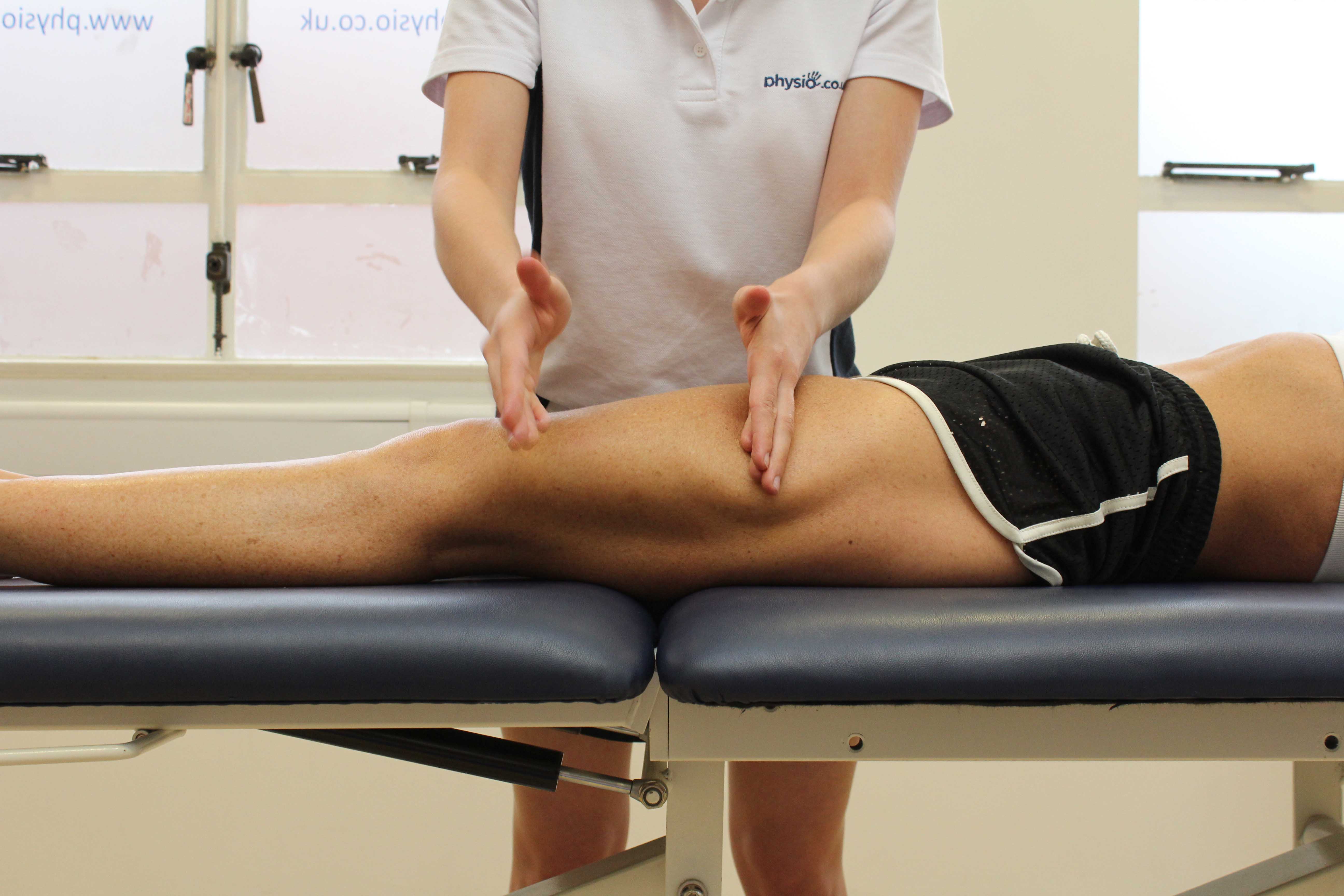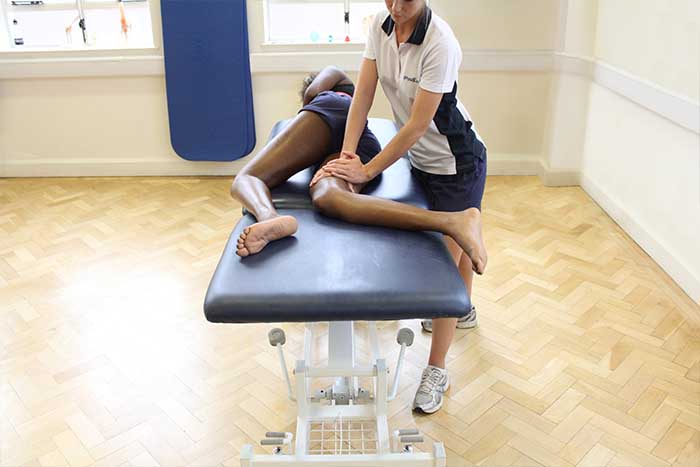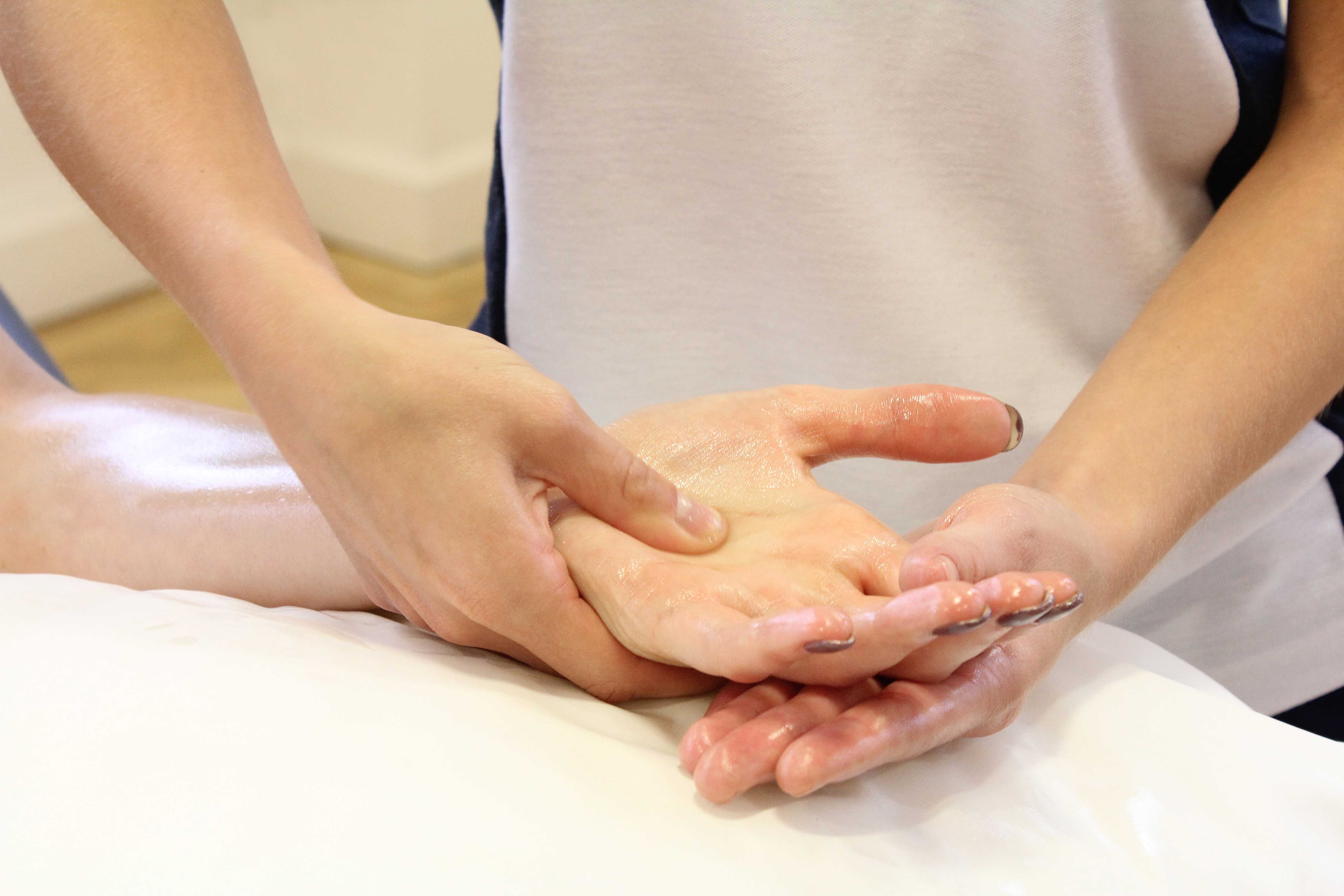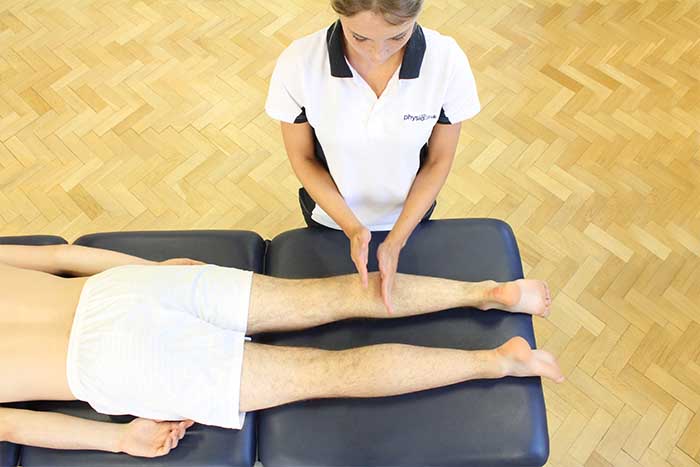Improved sensation is a common benefit gained through massage. The skin has the most important sensory functions as it is responsible for communication, protection and coordinated movement. Nerve endings are what respond to sensory information and transmit the information through the peripheral nervous system to the central nervous system. Once the information is at the central nervous system, a response is made. Nerve fibres supply the sensation to the area. The smaller the area the nerve fibres supply, the stronger the sensation. Areas such as fingers and lips have strong sensation whereas areas such as the back will have less sensation and sensitivity. There are many different negative sensations a person can feel. The most common sensations felt include numbness, tingling, pins and needles and a dull ache. There are also many common causes of negative sensations including injuries involving nerves, slipped or bulging disc and compression of nerves. Our massage therapists at Physio.co.uk use massage to improve sensation to help decrease pain and prevent injury.
What are the most appropriate types of massage to improve sensation?
There are a range of massage types appropriate for the improvement of sensation. The massage types most commonly used include:
 Above: Massage increased blood flow and imporves circulation which can imporve sensation.
Above: Massage increased blood flow and imporves circulation which can imporve sensation.The most common massage types used to improve sensation include remedial massage, and Swedish massage.
A remedial massage can be used to improve sensation. A remedial massage encourages relaxation of superficial and deep muscle through manipulation of muscle fibres and tissues. A remedial massage also helps to increase blood flow by creation of friction between skin and fingers. Sensation is often poor when nerve damage occurs, causing muscles to tighten and tense, disabling the nerve damage to be repaired fully. Relaxation of muscles and an increase in blood flow both help to relieve symptoms of poor sensation and increase healing of damaged nerve fibres further improving sensation.
A Swedish massage can help improve sensation. A Swedish massage is a gentle type of massage encouraging relaxation both physically and mentally to increase. A Swedish massage also helps to improve both blood and lymph flow. Improving blood flow can relieve symptoms of poor sensation such as pins and needles and numbness where lymph flow aims to relieve symptoms such as dull aches and pains through the removal of metabolic wastes. Increasing relaxation, improving blood flow and making lymph flow more efficient all contribute to an improvement in sensation.

What techniques are used to improve sensation?
Various techniques can be used to improve sensation. The most common techniques used include:
 Above: Areas of decreased or absent sensation can be imporved by regular massage treatmnt
Above: Areas of decreased or absent sensation can be imporved by regular massage treatmntThe techniques most often used to improve sensation include effleurage, kneading and mobilisations.
Effleurage can be used to improve sensation. Effleurage is a gentle technique involving the application of soft pressure to the treatment area using flattened hands and fingers. Application of soft pressure encourages circulation to increase. An increase in circulation can help to reduce pins and needles and numbness whilst also relieving muscle tightness and tension. A reduction in muscle tightness and tension encourages the relief of dull aches and pains. Increasing circulation can therefore improve sensation.
Kneading is commonly used to improve sensation. Kneading s where soft tissues are pulled and squeezed. Nerve compression and dull ache feelings can be reduced through kneading. Kneading helps to manipulate muscles and tissues to relax and loosen. Nervous tissues are also encouraged to relax. Relaxed and loosened muscles and nervous tissues helps to relieve tension around compressed nerve areas in order to increase movement and allow compression to be released. Release of nerve compression improves sensation. An increase in relaxation also helps to reduce dull ache feelings further improving sensation.
Mobilisations are an effective technique used to improve sensation. Mobilisations involve applying an on and off pressure onto joints or areas of stiffness. Nerve impingement and compression are often the cause of poor sensations. Nerve impingement and compression is most often found at joints. Mobilisations are sued to relieve stiff joints and increase movement and flexibility. Decreasing stiffness at a joint can often lead to the relief of nerve impingement and compression due to the increased range of movement. Relieving nerve impingement and compression can help to improve sensation.
When can a massage help to improve sensation?
Improving sensation through massage can help in a many ways. Ways in which massage can help include:
A massage to improve sensation can help treat acute pain, effects of injury and increase relaxation.
Acute pain can be reduced when sensation is improved. A common effect of poor sensation dull ache feelings and an increase in pain. Pain can restrict movement an increase stress, further adding to the pain levels. A massage relieves pain by reducing muscle tightness, relieving tension, decreasing muscle spasm and increasing healing. Reducing acute pain through massage encourages the dull ache and pain feelings to decrease, allowing movement to improve and stress to decrease. Relieving feeling of dull aches and pains contribute to an improvement in sensation.
The effects of injury can be reduced through massage. Injury can cause a range of conditions to arise within the body. A common effect of injury includes nerve compression or damage to the nervous tissue. A range of injuries can cause the negative effects to take place. The most common injuries include whiplash or lifting and pulling heavy objects. Damage to nerves can cause referred pain and also numbness and pins and needles. A massage helps to reduce effects of injury by relieving compression of nerves an encouraging repair of damaged nervous tissues to increase. Relief of compressed nerves and healing of damaged nervous tissues reduces negative sensations such as pins and needles and numbness to improve sensation.
Relaxation is increased when sensation is improved. When sensations such as pins and needles, dull ache and numbness occur, relaxation can reduce. In most people, specific movements will trigger the sensations to occur. A person will often avoid the specific movements to prevent the sensations from reoccurring. Avoiding specific movements can often lead to discomfort, disability of participating in daily activities and an increase in stress. A massage aims to increase relaxation by relieving the negative sensations. A massage relieves negative sensations by reducing nerve compression, relieving muscle tightness and tension and removing any build-up of metabolic wastes. Relief of negative sensations therefore improves sensation.

What are the physiological effects of massage to improve sensation?
A variety of physiological effects occur during a massage to help improve sensation. The physiological effects that most commonly occur include:
Physiological effects of massage that help improve sensation include increased vasodilation and the removal of waste products.
Increased vasodilation is a physiological effect that occurs to help improve sensation. Vasodilation is the process of histamine acting as a neurotransmitter in order to increase the permeability of blood vessels. Increasing permeability of blood vessels encourages smooth muscle lining the vessels to relax, allowing the vessels to widen and become closer to the skins surface. Vasodilation increase blood flow around the body and also reduces swelling. Poor circulation is a common cause of pins and needles, tingling and numbing sensations. Encouraging vasodilation to allow an increase in blood flow, increases the supply of blood to the area of poor sensation. Increasing blood supply helps to relieve pins and needles, tingling and numbness to therefore improve sensation.
Sensation is improved through the removal of waste products. The removal of waste products involves stimulation of the lymphatic system. The lymphatic system is made up of lymph vessels that carry lymph fluids. The lymphatic system is responsible for the removal of waste products and toxins from the body. A common negative sensation is dull ache pains. Dull ache pains can be caused by muscle fatigue or weakness that have occurred due to a build-up of waste products. Increasing the removal of waste products reduces muscular fatigue and weakness to help decrease dull ache pains. A reducing in dull ache pains improves sensation.
Summary
Improved sensation involves the reduction of numbness, tingling, pins and needles and dull ache feelings. A variety of massage types can be used to improve sensation including remedial massage, and Swedish massage. A range of massage techniques are used through a massage to help improve sensation including effleurage, kneading and mobilisations. Improving sensation through massage can help reduce pain and negative effects of injury and increase relaxation. Many physiological effects including increased vasodilation and the removal of waste products occur within a massage in order to help improve sensation. Our massage therapists at Physio.co.uk use massage to improve sensation to help increase movement and improve relaxation.
How can I arrange a massage to improve sensation?
The easiest way to arrange a massage to improve sensation at Physio.co.uk, email us at office@manchesterphysio.co.uk or call us on 0161 883 0077.
You can also book an appointment online and save £10

 0330 088 7800
0330 088 7800



































